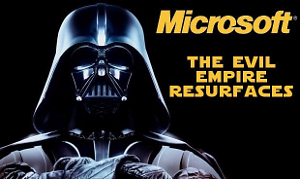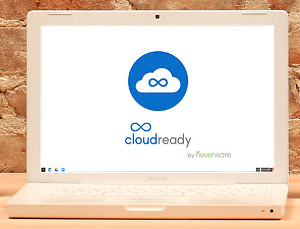Microsoft Clarifies Future Rollout of Windows 10
It is in Microsoft’s interest to get Windows 10 out to every PC on the planet, how will they do it!
Microsoft more clearly articulates next phase of its Windows 10 upgrade rollout plans
ZDNet – By: Mary Jo Foley – “Microsoft is seeking to clear the air over worries about its Windows 10 upgrade process and is proactively alerting existing Windows users about the company’s plans to push Windows 10 over the next few months.
In an October 29 blog post, Terry Myerson, Microsoft Executive Vice President of Windows and Devices, laid out Microsoft’s plans to make its Windows 10 upgrade more widely available to users.
The ‘reservation’ phase of upgrading to Windows 10 is over. Microsoft is now getting ready to push the operating system out to even more users. Microsoft will ‘soon’ be publishing Windows 10 as an ‘Optional Update’ in Windows Update for all Windows 7 and 8 customers. Then, ‘early next year,’ Microsoft will re-categorize Windows 10 as a ‘Recommended Update.’
For users with automatic updates enabled, the ‘Recommended’ setting may cause the Windows 10 upgrade to automatically initiate on their devices. However, users will not be upgraded to Windows 10 until they proactively choose to do so, even once it’s pushed as a Recommended Update, Microsoft officials said today.
If users end up moving to Windows 10 and are unhappy with their choices, they still will have 31 days to roll back to their previous Windows versions, Myerson reiterated in today’s blog post.
‘Our goal is you won’t be surprised’ about how and when you can go to Windows 10, Myerson told me in a phone conversation on October 29.
Over the past few months, a number of users — including me — have worried that Microsoft was pushing Windows 10 to us even though we hadn’t opted for it. In my case, I was planning to upgrade my Dell desktop to Windows 10 but changed my mind and cancelled my reservation. Yet I still saw Windows 10 listed in Windows Update as a pre-selected Optional upgrade.
Microsoft is not changing its policy of downloading part of the Windows 10 code proactively to users’ machines to make upgrading faster. That behavior will continue, Myerson said. But unless users make the final decision to hit upgrade, Windows 10 will not completely install and replace their existing Windows versions.
Myerson also confirmed what other company officials hinted in August: Microsoft will be providing users with more information about what is in the Cumulative Updates that they will be getting regularly for Windows 10. He said ‘starting next month, Microsoft will take a first stab’ at providing more documentation to both consumers and business users about what the company is delivering with each new update for Windows 10.
He said Microsoft will not be providing a full code change list, but will strive to provide the right amount of information for different audiences. IT pros, for example, will want and need information about different features than consumers will.
Myerson also said Microsoft will be adding new options to the update mechanism in Windows 10 allowing users more choices about when they will be able to install their upgrades. Instead of having to install immediately, users may get options like ‘upgrade in the next maintenance window.’
Microsoft also is simplifying the way that users with ‘Non-Genuine’ copies of Windows will be able to true up and get Genuine copies. Microsoft still is not making Windows free for those with non-Genuine copies, however.”





 Good news! Oracle Virtualbox, the popular FREE hypervisor for multiple platforms, including Windows, OS/X, Linux, and Solaris, now supports Windows 10 clients (or VMs!) The latest release is Version 5.0.6 and has fixed a lot of bugs, including latency issues, a LOT of work on bridged networking, which I like because I use that a lot!
Good news! Oracle Virtualbox, the popular FREE hypervisor for multiple platforms, including Windows, OS/X, Linux, and Solaris, now supports Windows 10 clients (or VMs!) The latest release is Version 5.0.6 and has fixed a lot of bugs, including latency issues, a LOT of work on bridged networking, which I like because I use that a lot! Are you going back to your evil, “all-knowing” ways, Microsoft?
Are you going back to your evil, “all-knowing” ways, Microsoft? Turn your old computer into a Chrome device! This sounds like fun!
Turn your old computer into a Chrome device! This sounds like fun!